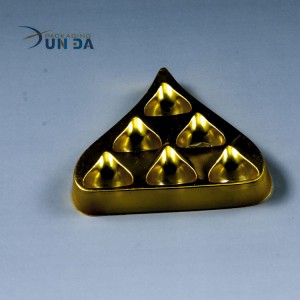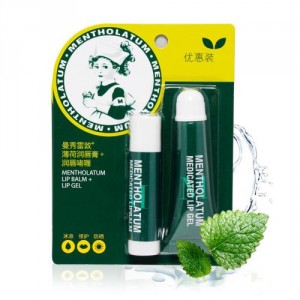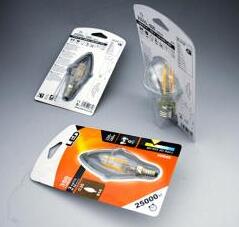Food packaging is an integral part of food products. Food packaging and food packaging box protect food, prevent the damage of biological, chemical and physical external factors during the circulation of food from the factory to the consumer. It can also have the function of maintaining the stable quality of the food itself. The consumption of convenience foods is the first to express the appearance of food, to attract consumption, and to have value other than material cost. The China Printing Cloud Platform provides a one-stop online solution for food packaging design to food packaging printing, and combines different product requirements to provide an economical, hygienic and fast food packaging printing solution.
Many companies need to print decorative patterns, patterns or text on the packaging to make the product more attractive or more illustrative. Good packaging enables products to establish a high-quality image, improve product competitiveness, and promote product sales. It can effectively increase the propaganda of enterprises and increase the influence of enterprises.


